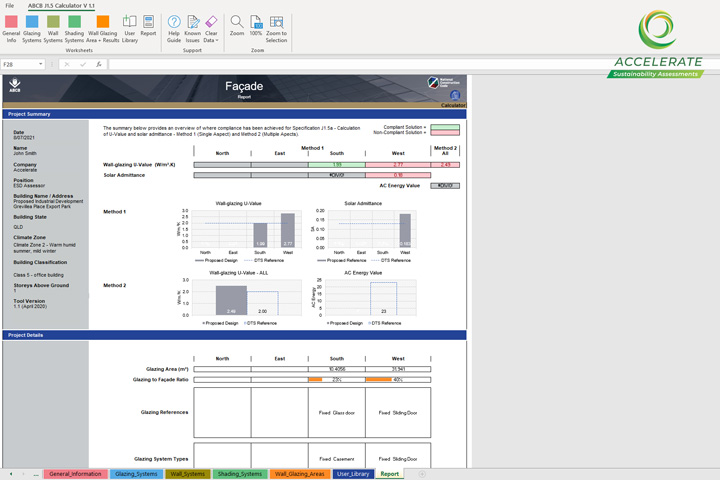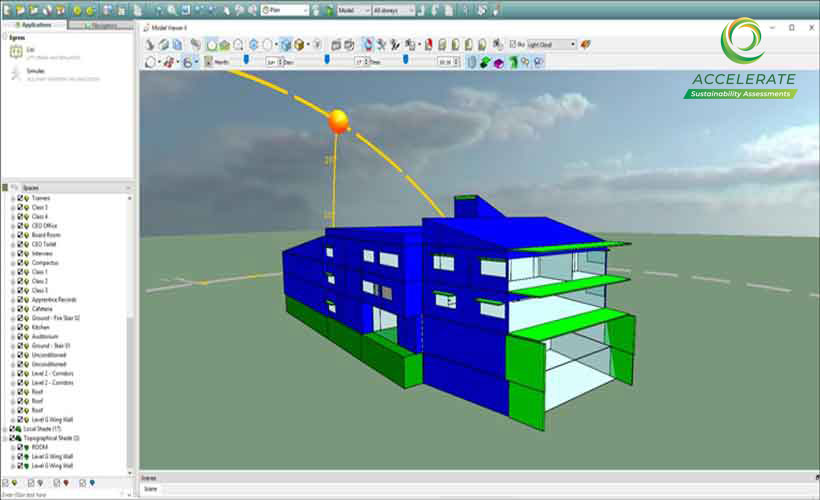
Commercial Energy Efficiency
Assessment Services
Home / Energy Efficiency Assessment Services / Commercial
Accelerate provides Building Energy Efficiency assessments for Commercial buildings throughout Australia.
ACCELERATE has the experience that counts
Let’s talk today
1300 343 470
info@accsa.net.au
Section J | Part J (Deemed-to-Satisfy)
Section J of the National Construction Code (NCC) requires minimum levels of energy efficiency to be achieved for non-residential buildings (Class 2-9) to reduce the amount of energy a building requires for its normal operation.
The main elements which are assessed include:
- the roof/ceiling
- facade (glazing and walls)
- floor
Section J method of assessment is essentially a ‘checklist’ solution whereby each building element must meet the Deemed-to-Satisfy provisions set out in Volume One of the National Construction Code (NCC).
There is no flexibility with this method of assessment as each element needs to comply independently.
The advantage of this method is that it is fairly quick and works well for simple buildings with minimal glazing.

JV3 Assessment Method
JV3 is a verification method that can be used to demonstrate compliance with performance requirement JP1 in NCC volume one. It can be used instead of the rigid DTS provisions of Parts J1 to J7.
A JV3 assessment requires a simulation using software modelling to determine if the annual GHG emissions of a proposed building, are equivalent or better than the annual GHG emissions of a reference building (which meets the Part J DTS provisions).
An alternative solution such as JV3 provides greater flexibility and the ability to “trade-off” between different building elements.
This may provide benefits where the prescriptive DTS provisions may not work or be desirable for certain building designs (eg. Improved insulation or a solar system could allow for less high-performance glazing)
The advantage of JV3 is that it provides greater flexibility and allows for “trade-off” between building elements.
